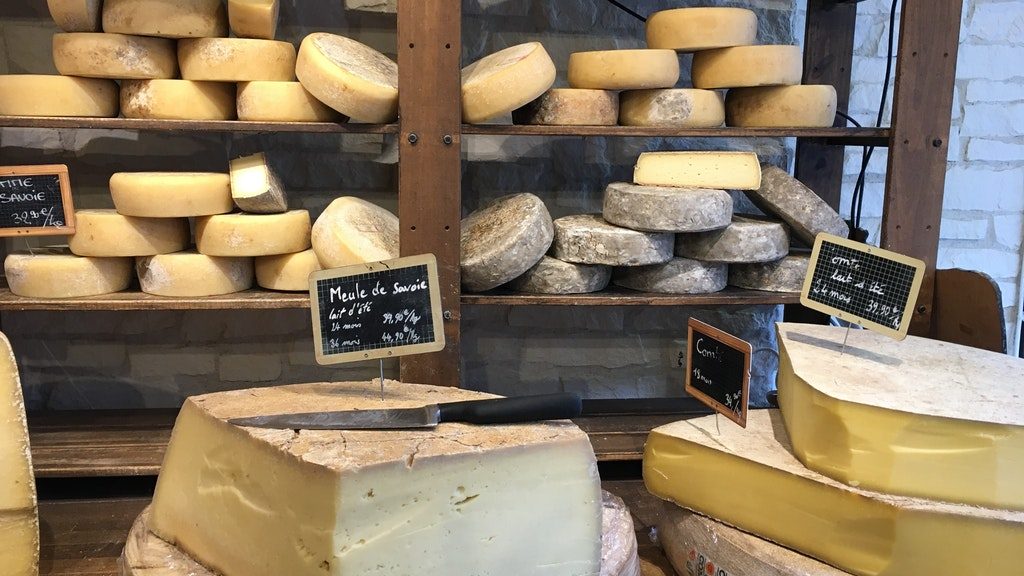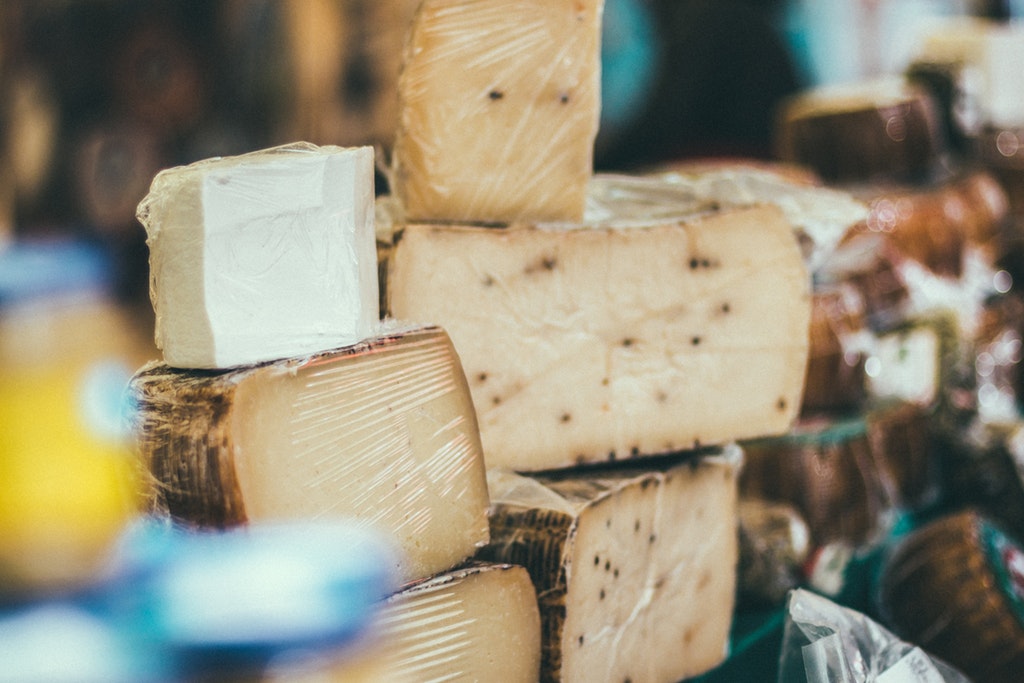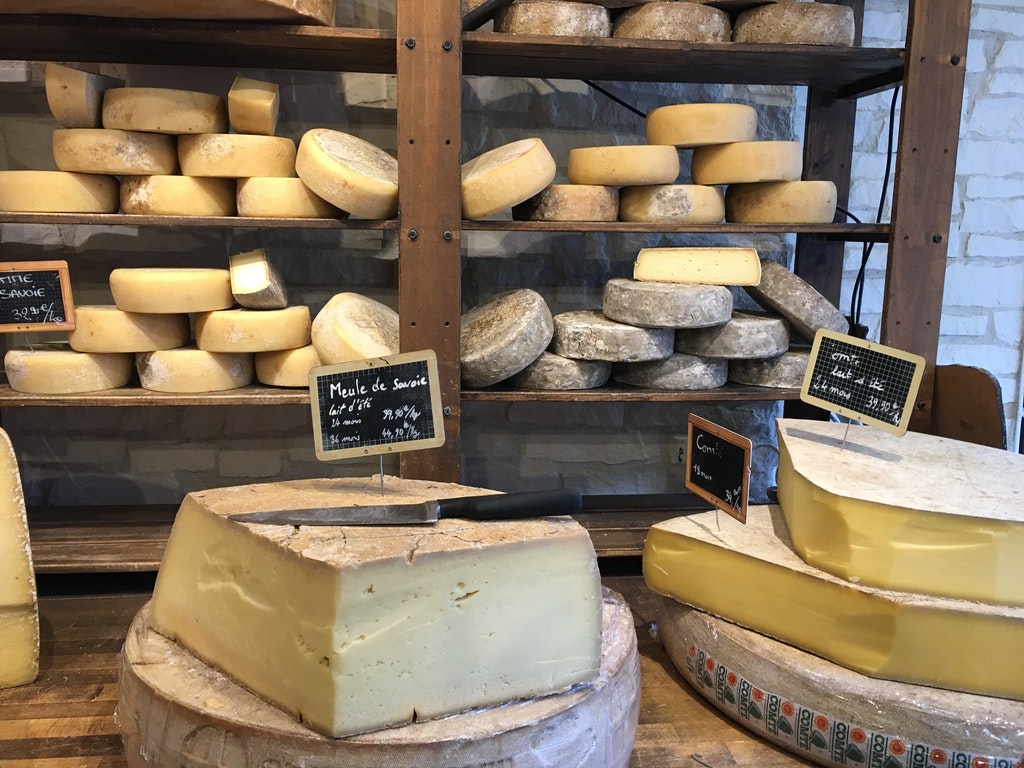
5 of the Best Cheeses for Adding Extra Flavor to Your Cooking
Looking for an extra punch of flavor from your cooking? Why not try adding one of these delicious cheeses?

1. Feta
Feta cheese is a centuries-old staple of Greek cooking.
- Origin: Greece
- Taste and texture: Feta is an aggressively salty and tangy cheese. Some varieties are crumbly and dry, while others are soft and creamy.
- How it’s made: Curds of sheep’s milk, goat’s milk or both are compacted, brined and aged under refrigeration for several months.
- Uses: Spanakopita — phyllo dough pastries stuffed with spinach and dill — wouldn’t be the same without the creaminess of feta. You can also crumble it on pizza or add it to pasta. Feta works particularly well when paired with tomatoes, olives, and basil. Eating it with watermelon is a sweet and salty surprise.
2. Gruyere
Gruyere is often found melted and bubbling atop a bowl of French onion soup, but its uses don’t stop there.
- Origin: Switzerland
- Taste and texture: Gruyere is a hard, yellow cheese known for its nutty earthiness. Its pungency depends upon how long it was aged.
- How it’s made: Gruyere is a cow’s milk cheese, brined for just over a week and then aged for at least six months at room temperature.
- Uses: Gruyere is excellent for melting. Besides French onion soup, it’s also excellent in vegetable gratins, ham and cheese sandwiches or as a base for a cheese fondue.
3. Stilton
Flavor anyone? This ancient British cheese will liven up your dish in a heartbeat. Just be careful not to overdo it.
- Origin: England
- Taste and texture: Stilton is a semi-soft and strong-tasting cheese — rich, sharp and salty — and is extremely aromatic.
- How it’s made: Before the ripening process, Penicillium mold is needled into the cheese, eventually creating Stilton’s distinctive blue-veining.
- Uses: Boxed Mealz recommends, crumbling Stilton onto a salad or in soup. Better yet, make it into a cream sauce for topping anything from a perfectly cooked filet mignon or plain steamed veggies.

4. Pecorino Romano
Bored with plain old Parmesan? Why not go wild and replace it with Romano instead?
- Origin: Italy
- Taste and texture: Pecorino Romano is a hard cheese, ideal for grating. The taste is like Parmesan, only sharper and tangier.
- How it’s made: It is a sheep’s milk cheese, dry-salted numerous times by hand and aged for at least eight months.
- Uses: Grate Pecorino Romano over pasta or salads. Even better, roast a few tomatoes and sprinkle with Romano, olive oil, and breadcrumbs.
5. Cotija
Ever wanted to capture that fresh, delicious taste you get in the best Mexican restaurants? It’s all about the Cotija cheese.
- Origin: Mexico
- Taste and texture: Cotija is crumbly and does not melt. It tastes salty and piquant, a little like feta, but also has a unique freshness.
- How it’s made: Cotija is a raw cow’s milk cheese that is pressed dry and aged for up to 12 months.
- Uses: Whether crumbling it over Mexican street corn (like this Hello Fresh menu) or sprinkling it over tacos, Cotija will provide that fresh saltiness to anything. Try it on your guacamole and watch it come to life.
